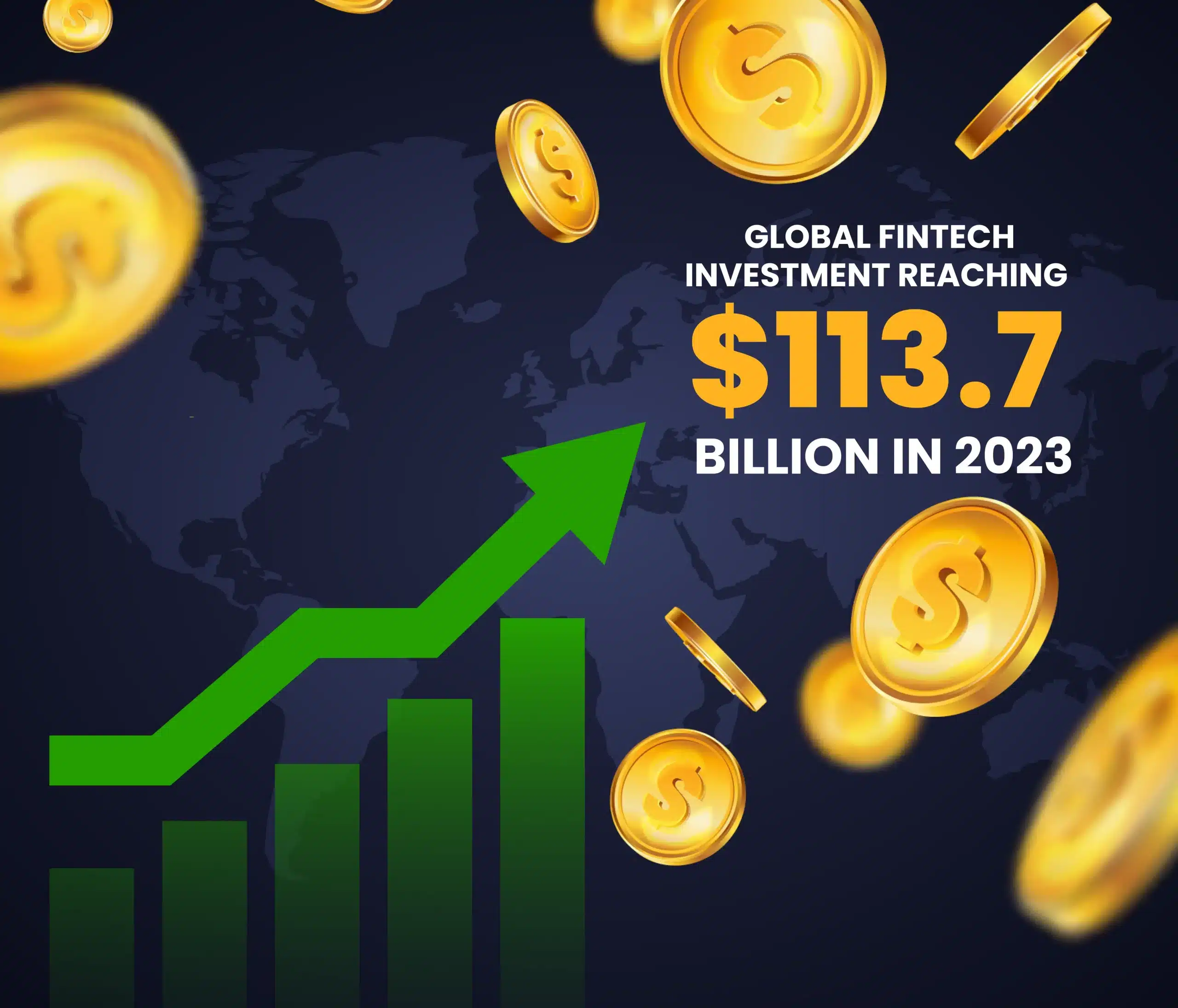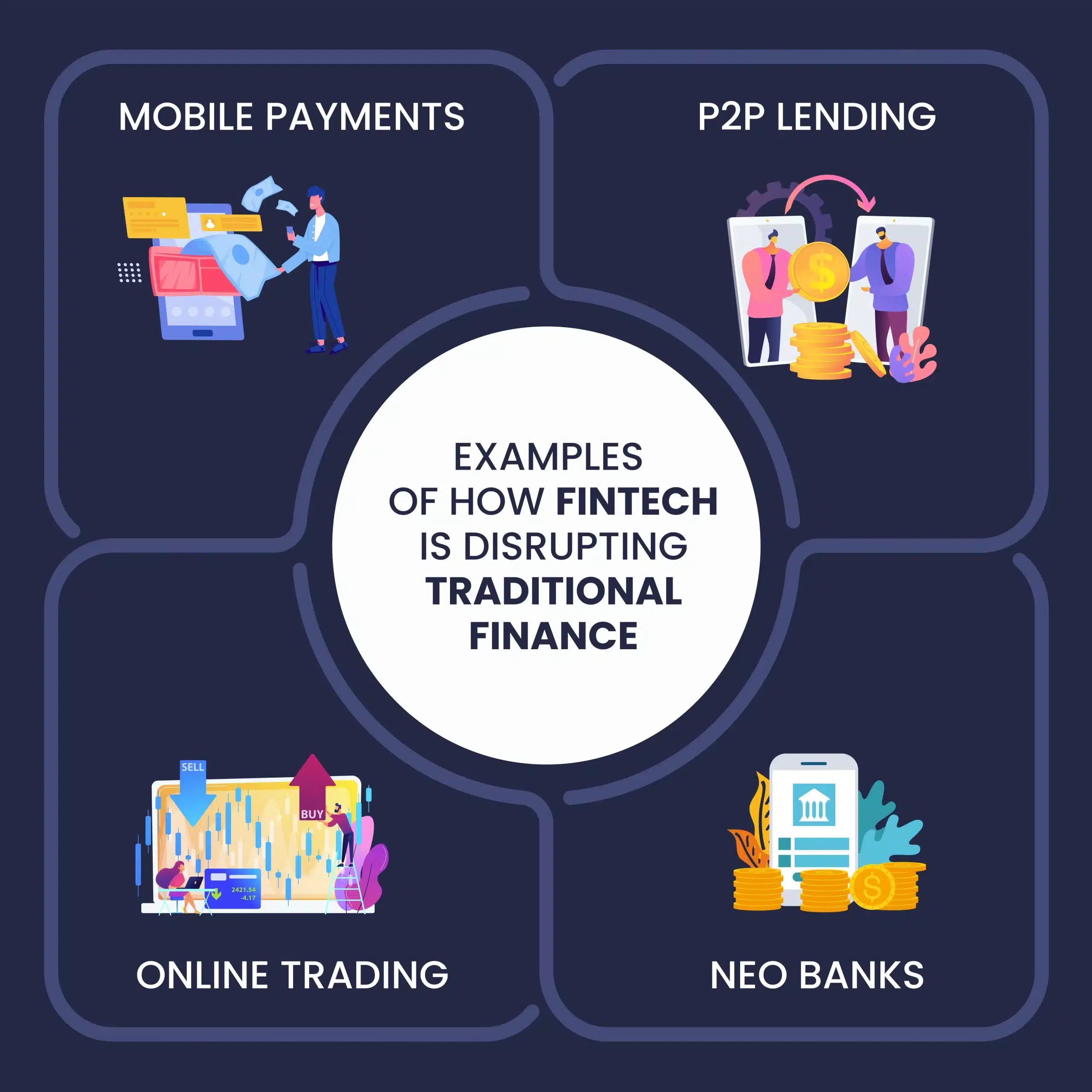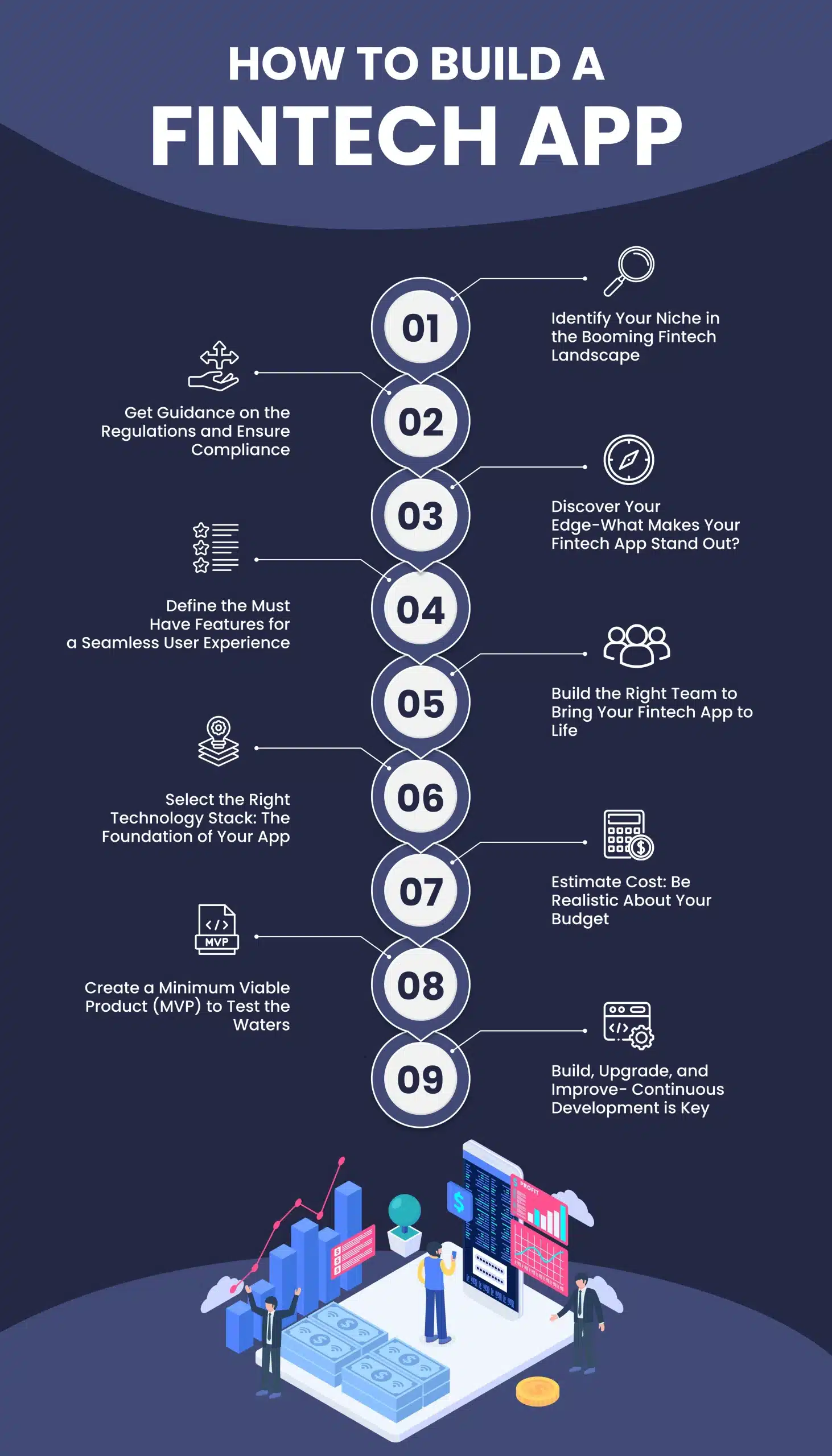Table of content
How Fintech is Disrupting Traditional Finance?
In the past, access to financial services was often limited by factors such as location, income level, or credit history. This often resulted in long lines, complicated paperwork, and limited options. Fintech is breaking down these barriers by offering accessible and user-friendly financial tools through mobile apps and online platforms. Peer-to-peer lending platforms that connect borrowers directly with lenders and mobile banking solutions that allow for instant money transfers and bill payments are some of the many ways Fintech is empowering individuals to manage their finances more easily and efficiently, regardless of their background.
Here are some specific examples of how Fintech is disrupting traditional finance:
Mobile Payments: Mobile wallets like Paytm and Google Pay allow for contactless payments at stores and restaurants, eliminating the need for physical cash or cards. This not only makes transactions quicker but also enhances security.
P2P Lending: Platforms like LendingClub and CRED Mint connect borrowers with lenders directly, offering alternative loan options often with more competitive rates and easier approval processes compared to traditional banks.
Online Trading: The world of finance is no longer confined to the walls of traditional brokerages. Online trading applications have revolutionized how individuals invest, offering a convenient and accessible way to participate in the stock market, manage their portfolios, and potentially grow their wealth.
NEO Banks: These online-only banks offer a more digital-focused banking experience with lower fees and often higher interest rates on savings accounts compared to traditional brick-and-mortar banks.
Fintech App Development: Build a Secure & Profitable Business
Developing a fintech app that is both secure and user-friendly can be a daunting task. However, with proper planning and execution, it is possible to create an app that meets the needs of users while also protecting their data and transactions. Here’s how:
Step 1: Identify Your Niche in the Booming Fintech Landscape
The world of financial technology is vast and ever-evolving. Before diving in, pinpoint the specific problem your app will solve or the under-served niche you’ll target. Will you be a NEO bank offering a streamlined mobile experience or a robo-advisor helping users invest effortlessly? Understanding your niche will guide every step of the development process.
Step 2: Get Guidance on the Regulations and Ensure Compliance
Fintech operates within a strict legal framework. Early on, consult with professionals to understand the regulations specific to your niche and target market. This might involve Know Your Customer (KYC) protocols, Anti-Money Laundering (AML) standards, and data privacy regulations. Building a compliant app is not just about following the rules; it fosters trust and avoids legal roadblocks later.
Step 3: Discover Your Edge-What Makes Your Fintech App Stand Out?
A competitive market demands differentiation. What unique value will your app offer users? Is it a superior user interface, lower fees, integration with innovative financial products, or a focus on a specific demographic? Identify your app’s “wow factor” and make it the cornerstone of your development strategy.
Step 4: Define the Must-Have Features for a Seamless User Experience
Now it’s time to translate your vision into features. Focus on functionalities essential for your niche. This might include secure login, intuitive account management, real-time transaction tracking, budgeting tools, or educational resources. Prioritize features based on user needs and create a clear roadmap for your Fintech app development.
Step 5: Build the Right Team to Bring Your Fintech App to Life
Assembling a skilled team is crucial for success. Look for developers with expertise in fintech app development, security protocols, and user experience design. Don’t forget the regulatory compliance specialists to ensure you stay on the right side of the law. Building a strong team will translate your vision into a robust, user-friendly app.
Step 6: Select the Right Technology Stack: The Foundation of Your App
The technology stack is the backbone of your app. Choose programming languages, frameworks, and tools that align with your app’s functionalities, scalability needs, and security requirements. Popular options include React Native for cross-platform development or Swift for iOS-specific features. Consulting with experienced developers will ensure you select your project’s most efficient and secure tech stack.
Step 7: Estimate Cost: Be Realistic About Your Budget
Building a fintech app requires upfront and ongoing investment. Factor in development costs, regulatory compliance fees, marketing expenses, and potential maintenance needs. Creating a realistic budget will guide your development choices and help you secure funding if needed.
Step 8: Create a Minimum Viable Product (MVP) to Test the Waters
Don’t try to build everything at once. Develop a Minimum Viable Product (MVP) with core functionalities that address your target audience’s most pressing needs. Launch your MVP to a limited group of users and gather feedback. This allows you to refine your app, identify bugs, and ensure it resonates with your target market before full-scale development.
Step 9: Build, Upgrade, and Improve- Continuous Development is Key
The fintech landscape is dynamic. Be prepared to continuously update and improve your app based on user feedback, market trends, and evolving regulations. Utilize a DevOps approach that combines development and operations to streamline the update process and ensure a consistently high-quality user experience.
Attract, Retain, and Grow: Build Your Super Team in 7 Days!
Building a successful fintech app requires a clear vision, a skilled team, and a commitment to continuous improvement. By following these steps, you’ll explore the exciting world of fintech development and ensure your app offers a secure, user-friendly experience that stands out in a competitive market.
When you’re building the right team, it is crucial to achieve your goals. Finding top-tier developers with expertise in Fintech, security, and user experience can be a challenge. That’s where Supersourcing comes in. We leverage a global network to connect you with pre-vetted fintech developers for hire who can seamlessly integrate into your existing team. Through Supersourcing, you can find and hire the perfect talent to bring your fintech app to life in just 7 days. Don’t let the technical hurdles slow you down. Contact Supersourcing today and take the first step towards building your groundbreaking fintech app!




